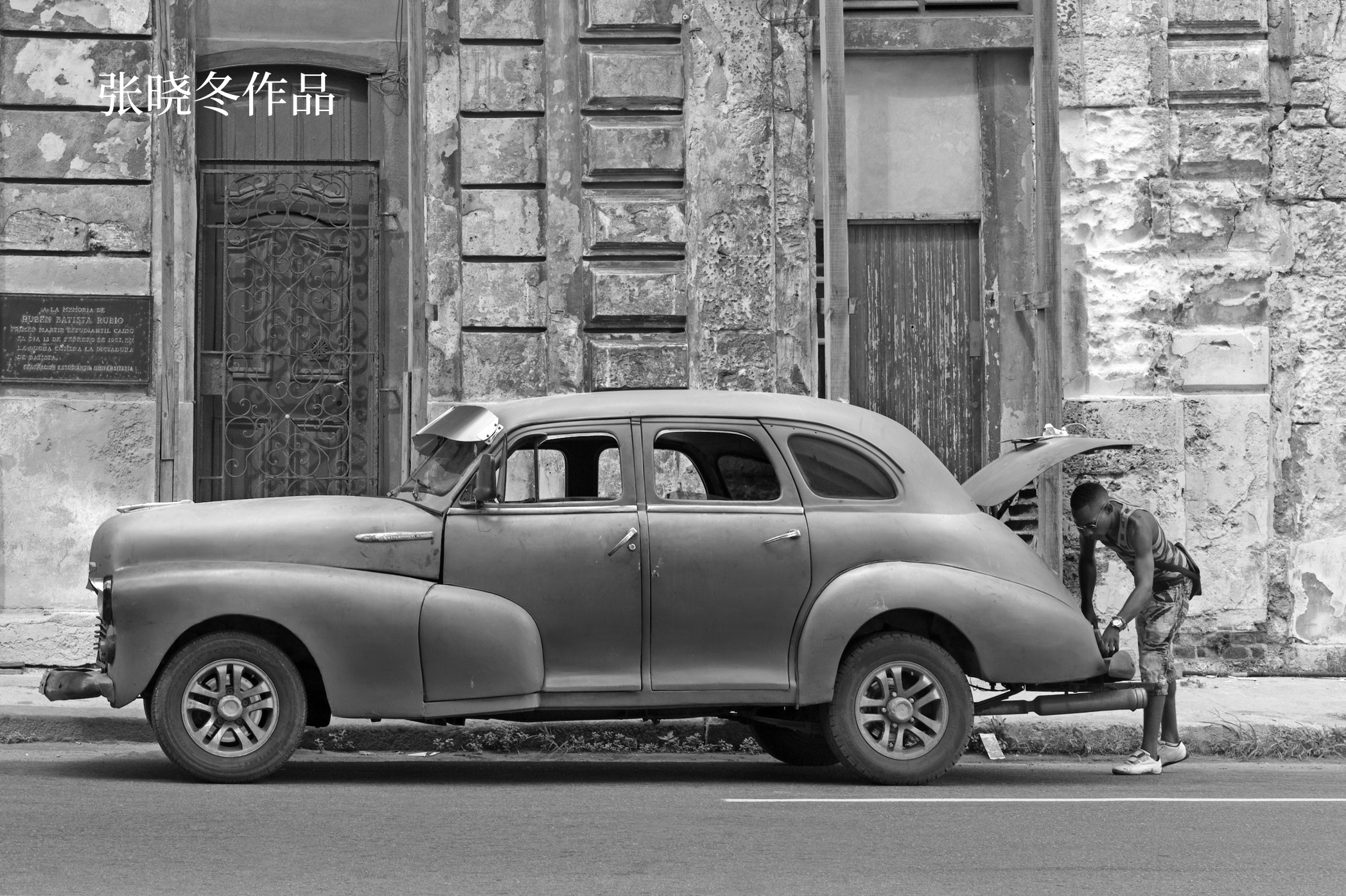The island of Cuba, where the scent of cigar smoke and the rumble of vintage engines fill the air. It’s a place where time seems to stand still, where the past and present blend together like the rich flavors of Cuban coffee.
In the heart of Havana, there’s a small, dusty garage tucked away on a quiet street. The sign above the door reads “Taller de Reparaciones” – Repair Shop. Inside, the owner, Carlos, tends to his beloved vintage cars, each one a piece of Cuban history.
Among the collection, one car stands out – a 1955 Chevrolet Bel Air, its gleaming chrome and gleaming paintwork a testament to the craftsmanship of a bygone era. Carlos had restored it himself, pouring over every detail, every curve and crease, to bring it back to its former glory.
The car’s story began in the 1950s when it was first imported from the United States. It was a symbol of American excess, a status symbol for the wealthy elite. But as the revolution took hold, the car was left to rust, a relic of a bygone era.
Carlos found it in a junkyard, its engine seized, its interior worn and faded. But he saw something in it – a beauty, a charm, a piece of history. He spent years restoring it, pouring over books and talking to old-timers who remembered the car’s heyday.
As he worked, Carlos would often take the car out for spins around the city, feeling the wind in his hair, and the sun on his face. He’d drive past the Malecón, the sea wall that runs along the coast, and watch the sunset over the ocean. It was like reliving the past, feeling the freedom and joy that came with driving a beautiful machine.
One day, a young couple, Maria and Juan, stumbled upon the garage while exploring the city. They were immediately drawn to the Bel Air, its sleek lines and vibrant colors a stark contrast to the drab, Soviet-era cars that dominated the streets. Carlos offered them a ride, and as they cruised through the city, they felt like they’d stepped back in time.
The couple fell in love with the car, and with Carlos, who became like a mentor to them. They’d spend hours talking about the car’s history, the stories it could tell, and the adventures it had been on. Carlos would regale them with tales of the car’s past, of the people who’d owned it, and the places it had been.
As the years went by, the Bel Air became a symbol of Cuban culture, a reminder of the country’s rich history and its people’s resilience. It was a car that had seen it all, from the glamour of the 1950s to the struggles of the revolution, and yet, it still had a spark, a sense of life that seemed to pulse through its very being.
And Carlos, well, he was happy to be along for the ride, to be the caretaker of this piece of history, to keep its story alive for generations to come. As he’d say, “El coche es un amigo, un compañero de viaje” – the car is a friend, a travel companion. And for Carlos, the Bel Air was more than just a car – it was a piece of his heart, a part of his soul.

